A day after the gangrape in Mumbai, 23-year-old MSc student Paroma Bhattacharya is collecting information about unsafe places in Mumbai to create a crowd-sourced archive of the city's most unsafe areas for women. She needs your help to fill a survey and create a map that showcases these regions, a tool that will come handy for every women in the city
The appeal asks people to no longer be silent spectators to the unacceptable acts of sexual violence that are being committed against girls and women everyday. "This city, this country is our home and we need to ensure that is a safe place for every girl and woman. You can make a difference. Take a stand now!" says the letter from the Mumbaikar, woman and young Indian citizen who wants to make a change.
Below are a few questions we asked Bhattacharya about the idea behind the survey and what she intends to do with the results.
1. What made you create the survey? What is the objective?
I had been thinking about a public safety mapping system for a while, and this gang-rape incident in Mumbai just pushed me over the edge. I was tired of being a silent spectator and protesting from a distance. I felt the need for immediate action, rather than just debate. And with the public outrage at the moment, I felt that this initiative could really gain some momentum. The idea is to follow the strategy of "Prevention rather than cure".
Through the survey (Click to Take the Mumbai Safety 2013 Survey), I hope to collect concrete data about what areas people think are particularly unsafe in Mumbai, why and when they are unsafe and what could be possible solutions to make them safer. The results can then be analysed and presented to the authorities and can also be used by the citizens. The objective is to help inform the public and authorities of unsafe areas and to take necessary precautions to prevent further rape incidents from happening.
2. What do you intend to do with the results?
The results will help inform us better about the reality on the ground. Once enough data is collected, the idea is to create an overview of what people think are particularly unsafe areas, why they are unsafe (eg: dim lighting or lack of police patrol) and what can be done to make them safer (eg: improve street lighting and police patrol). And then give this data to the CM and authorities.
The concept of using big data or crowdsourced data for security mapping and other social purposes can be seen in other countries.
For example, the Hollaback movement around the world - http://www.ihollaback.org/#. This is a first step to having similar initiatives take off in India. I believe citizens are desperate for a change and will be proactive in taking necessary steps to ensure safety in the city and the country. However, for this to be truly powerful, we need to not only hold our government accountable but also support them in the process.
The survey results will hopefully help inform the authorities of public perception and experiences and help to them to take the lead. This survey is about gathering crucial information, and the next steps will be shaped out of what people say, collaboratively. I started with Mumbai because it is the city I know and grew up in and we have to start with baby steps. But I hope there will be a snowball effect and other cities will follow so that the change can be reflected all over India.
3. Will you be plotting them on a map of the city?
Yes, that is what I thought of.
The results could be represented on an interactive city map that can be accessed on websites, social media platforms, mobile apps and through other platforms. I personally don't have the technical know-how to create such interactive platforms so I would need the support of some tech-savvy people! We could also enlist the support of a company like Google that could help us build such a map and platform.
4. Are you doing this alone? How are you spreading the message?
This initiative is in the early stages - it just started! I took the first step and I am managing it from London. I am spreading the message through my networks in universities and youth organizations and I am letting social media do its magic. Friends, youth organisations and like-minded people have jumped in and have shown great support so far by spreading the word. But this needs to become a movement and become bigger and better. We need as much data as possible for the results to be truly representative of what the public thinks and for it to be taken seriously.
5. Have you ever felt unsafe in Mumbai? If yes, where?
I like to think Mumbai is a relatively safe city but yes, there have been moments when I have felt very unsafe. I feel particularly unsafe while walking in dimly lit and deserted roads, bridges as well as in empty railway stations.
6. Could you name a few unsafe locations in the city? Why are they unsafe?
I find the stretch between Parsi Gymkhana and Marine Lines station to be particularly unsafe, especially at night. The area is dimly lit, and quite deserted. But more importantly, some groups of men sit around in groups/on motorbikes and stare and pass lewd comments at girls when they pass.
I also feel that some of the Marine Lines bridges and some areas in Yari Road are unsafe because they are so secluded with almost no police patrol or presence of security guards. It makes me wonder that if an incident were to occur, it would be extremely hard to get public attention or help.
7. What are the results so far?
So far, we have 170 survey responses and 211 petition signatures. The survey is for people who live/have lived in Mumbai, whereas the petition is for everyone who supports the cause. There are already some emerging patterns in the data collected from the survey. So far 43 men and 127 women have filled in the survey.
While most people believe that certain areas are unsafe from 9 PM - 7 AM, a significant proportion of people believe that women are unsafe in those areas at all times. This is such an unsettling thought!
The top 2 reasons for areas being unsafe seem to be "boys/men sitting or standing around in groups" and "empty/deserted areas or roads".
The top 2 possible solutions, according to the survey respondents, are "improving police patrol" and "improving street lighting". These are the results within a day. Let's hope to collect more important data in the coming days!
8. How did you go about listing the locations? On what basis where these areas selected?
I decided to divide the city into the main Zones and list the key areas/roads in these zones. Information about the zones and areas were taken from various websites and online sources. I tried to cover all areas in Mumbai as holistically as possible, but people also have the option to enter additional areas/roads to the list, in case I missed out on them.
The survey will only be successful if people take the responsibility to add to it and shape it based on their own personal experiences.
9. Also, what do you think is the solution to make Mumbai safer for women?
Mumbai can be made a safer place for women by creating a vigilant civil society and responsible government, that takes appropriate and timely measures, in the short and long run. In the short run, the solution is to map unsafe areas, take necessary precautions and measures, and of course, punish sexual offenders.
In the long run, there needs to be a more systemic and behavioural change in society. One side is to equip women with self-defence techniques and materials. But the other side, and the more crucial one, is to change the social perception towards sexual violence. Introducing public awareness campaigns throughout the city and incorporating them into educational curriculums in schools and colleges (regardless of whether they are private or municipal educational institutions).
If every woman feels empowered and equipped to protect herself, and more importantly, if every man assumes the role of a protector rather than a predator, then this city will be safe and secure in the long run. And this is not just about Mumbai, it is about every city all over the country. Short-term solutions are often city-specific, but long-term solutions must be country-wide. It is about ensuring the safety of every girl and woman in India.
Currently completing her MSc in International Development Management from the London School of Economics and Political Science (LSE), Bhattacharya graduated with a B.A. in English Literature from St. Xavier's College, Mumbai in 2011.
![submenu-img]() Viral video: Woman tries to cook omelette on road, internet is not happy
Viral video: Woman tries to cook omelette on road, internet is not happy![submenu-img]() RCB cancels practice, press meet after threat to Virat Kohli's security ahead of IPL 2024 eliminator: Report
RCB cancels practice, press meet after threat to Virat Kohli's security ahead of IPL 2024 eliminator: Report ![submenu-img]() Meet Indian-origin man, IIT alumnus who is world's second-highest paid CEO, his salary per day is...
Meet Indian-origin man, IIT alumnus who is world's second-highest paid CEO, his salary per day is...![submenu-img]() RBI approves Rs 2.11 lakh crore dividend payout to Indian govt for 2023-24
RBI approves Rs 2.11 lakh crore dividend payout to Indian govt for 2023-24![submenu-img]() Mozz Guard Mosquito Zapper Reviews (Zap Guardian): Side effects, ingredients benefits, price
Mozz Guard Mosquito Zapper Reviews (Zap Guardian): Side effects, ingredients benefits, price![submenu-img]() IIT graduate builds Rs 1057990000000 company, leaves to get a job, now working as a….
IIT graduate builds Rs 1057990000000 company, leaves to get a job, now working as a….![submenu-img]() Indian Air Force Agniveervayu Recruitment 2024: Registration starts today, know eligibility, steps to apply
Indian Air Force Agniveervayu Recruitment 2024: Registration starts today, know eligibility, steps to apply![submenu-img]() Meet woman who was married at 16, faced domestic abuse, did odd jobs as single mom, became IAS officer, is posted at...
Meet woman who was married at 16, faced domestic abuse, did odd jobs as single mom, became IAS officer, is posted at...![submenu-img]() Maharashtra HSC 12th 2024: Result declared, know how to check
Maharashtra HSC 12th 2024: Result declared, know how to check![submenu-img]() Meet man who topped IIT-JEE, studied at IIT Bombay, then went to MIT, now is...
Meet man who topped IIT-JEE, studied at IIT Bombay, then went to MIT, now is...![submenu-img]() DNA Verified: Is CAA an anti-Muslim law? Centre terms news report as 'misleading'
DNA Verified: Is CAA an anti-Muslim law? Centre terms news report as 'misleading'![submenu-img]() DNA Verified: Lok Sabha Elections 2024 to be held on April 19? Know truth behind viral message
DNA Verified: Lok Sabha Elections 2024 to be held on April 19? Know truth behind viral message![submenu-img]() DNA Verified: Modi govt giving students free laptops under 'One Student One Laptop' scheme? Know truth here
DNA Verified: Modi govt giving students free laptops under 'One Student One Laptop' scheme? Know truth here![submenu-img]() DNA Verified: Shah Rukh Khan denies reports of his role in release of India's naval officers from Qatar
DNA Verified: Shah Rukh Khan denies reports of his role in release of India's naval officers from Qatar![submenu-img]() DNA Verified: Is govt providing Rs 1.6 lakh benefit to girls under PM Ladli Laxmi Yojana? Know truth
DNA Verified: Is govt providing Rs 1.6 lakh benefit to girls under PM Ladli Laxmi Yojana? Know truth![submenu-img]() AI models show bikini style for perfect beach holiday this summer
AI models show bikini style for perfect beach holiday this summer![submenu-img]() Laapataa Ladies actress Chhaya Kadam ditches designer clothes, wears late mother's saree, nose ring on Cannes red carpet
Laapataa Ladies actress Chhaya Kadam ditches designer clothes, wears late mother's saree, nose ring on Cannes red carpet![submenu-img]() Urvashi Rautela mesmerises in blue celestial gown, her dancing fish necklace steals the limelight at Cannes 2024
Urvashi Rautela mesmerises in blue celestial gown, her dancing fish necklace steals the limelight at Cannes 2024![submenu-img]() Kiara Advani attends Women In Cinema Gala in dramatic ensemble, netizens say 'who designs these hideous dresses'
Kiara Advani attends Women In Cinema Gala in dramatic ensemble, netizens say 'who designs these hideous dresses'![submenu-img]() Influencer Diipa Büller-Khosla looks 'drop dead gorgeous' in metallic structured dress at Cannes 2024
Influencer Diipa Büller-Khosla looks 'drop dead gorgeous' in metallic structured dress at Cannes 2024![submenu-img]() DNA Explainer: Why was Iranian president Ebrahim Raisi, killed in helicopter crash, regarded as ‘Butcher of Tehran’?
DNA Explainer: Why was Iranian president Ebrahim Raisi, killed in helicopter crash, regarded as ‘Butcher of Tehran’?![submenu-img]() DNA Explainer: Why did deceased Iranian President Ebrahim Raisi wear black turban?
DNA Explainer: Why did deceased Iranian President Ebrahim Raisi wear black turban?![submenu-img]() Iran President Ebrahim Raisi's death: Will it impact gold, oil prices and stock markets?
Iran President Ebrahim Raisi's death: Will it impact gold, oil prices and stock markets?![submenu-img]() Haryana Political Crisis: Will 3 independent MLAs support withdrawal impact the present Nayab Saini led-BJP government?
Haryana Political Crisis: Will 3 independent MLAs support withdrawal impact the present Nayab Saini led-BJP government?![submenu-img]() DNA Explainer: Why Harvey Weinstein's rape conviction was overturned, will beleaguered Hollywood mogul get out of jail?
DNA Explainer: Why Harvey Weinstein's rape conviction was overturned, will beleaguered Hollywood mogul get out of jail?![submenu-img]() Watch: Kapil Sharma's daughter complains as paps click her photos in viral video, says 'papa aapne kaha tha ki...'
Watch: Kapil Sharma's daughter complains as paps click her photos in viral video, says 'papa aapne kaha tha ki...'![submenu-img]() Watch: Anil Kapoor hijacks The Great Indian Kapil Show, Farah Khan reveals which actor is 'most kanjoos' in Bollywood
Watch: Anil Kapoor hijacks The Great Indian Kapil Show, Farah Khan reveals which actor is 'most kanjoos' in Bollywood![submenu-img]() Manoj Bajpayee reveals why Anurag Kashyap didn’t work with him for 14 years: ‘My career was going down, he didn’t...'
Manoj Bajpayee reveals why Anurag Kashyap didn’t work with him for 14 years: ‘My career was going down, he didn’t...'![submenu-img]() Sanjay Dutt quits Welcome 3 after fallout with Akshay Kumar? Report says he walked out after first day because...
Sanjay Dutt quits Welcome 3 after fallout with Akshay Kumar? Report says he walked out after first day because...![submenu-img]() Allu Arjun enjoys lunch with wife Sneha at dhaba; fans hail his ‘simplicity’ despite Pushpa success
Allu Arjun enjoys lunch with wife Sneha at dhaba; fans hail his ‘simplicity’ despite Pushpa success![submenu-img]() Viral video: Woman tries to cook omelette on road, internet is not happy
Viral video: Woman tries to cook omelette on road, internet is not happy![submenu-img]() Groom saves bride from unexpected milk bath during haldi ceremony, viral video melts internet
Groom saves bride from unexpected milk bath during haldi ceremony, viral video melts internet![submenu-img]() Viral video captures epic showdown between two king cobras, watch who wins
Viral video captures epic showdown between two king cobras, watch who wins![submenu-img]() Viral video: Woman's 'Senorita' dance steals hearts during RCB vs CSK match in Bengaluru, watch
Viral video: Woman's 'Senorita' dance steals hearts during RCB vs CSK match in Bengaluru, watch ![submenu-img]() Viral video: Lion's terrifying ambush on napping wildebeest stuns internet, watch
Viral video: Lion's terrifying ambush on napping wildebeest stuns internet, watch
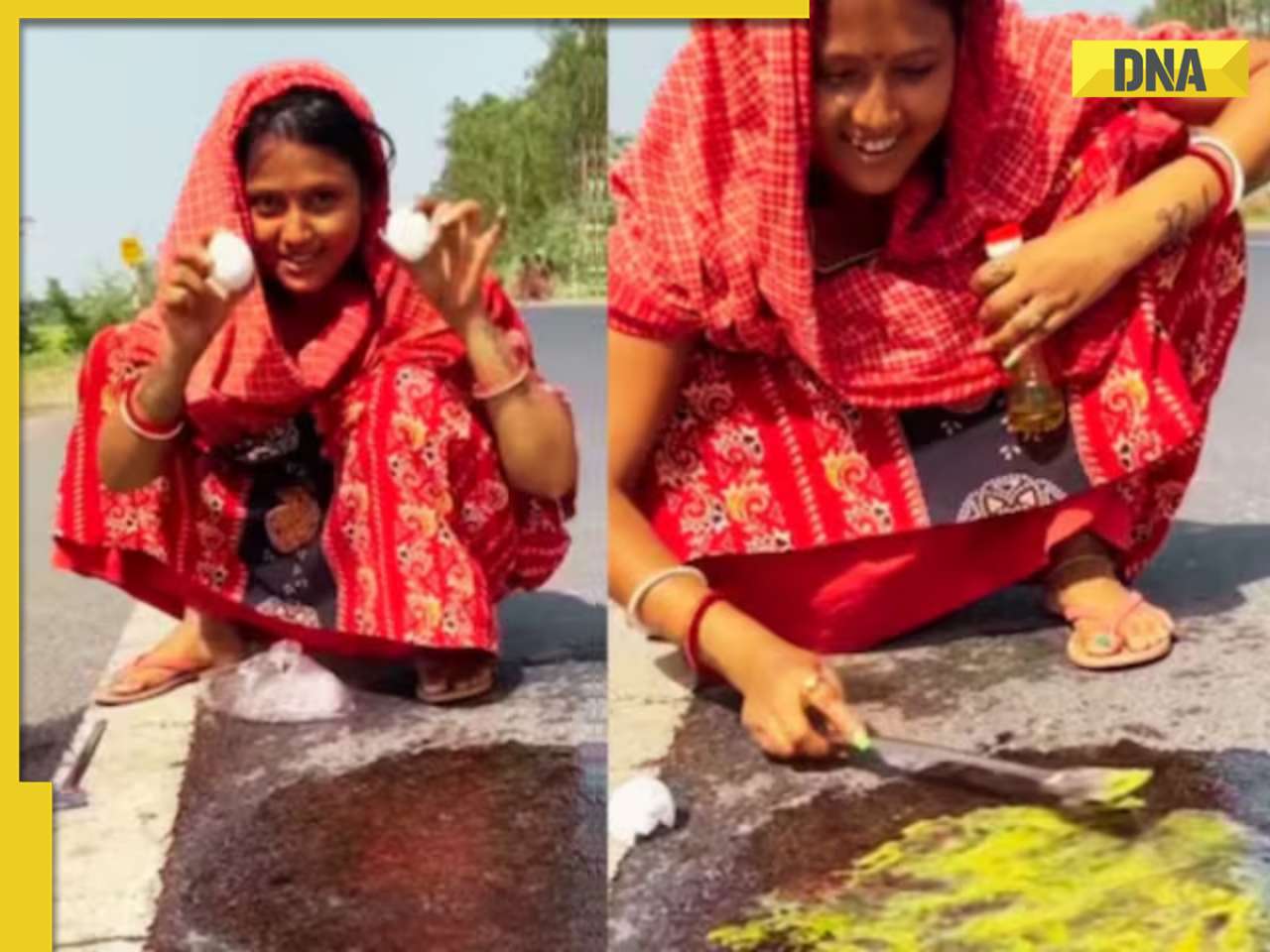
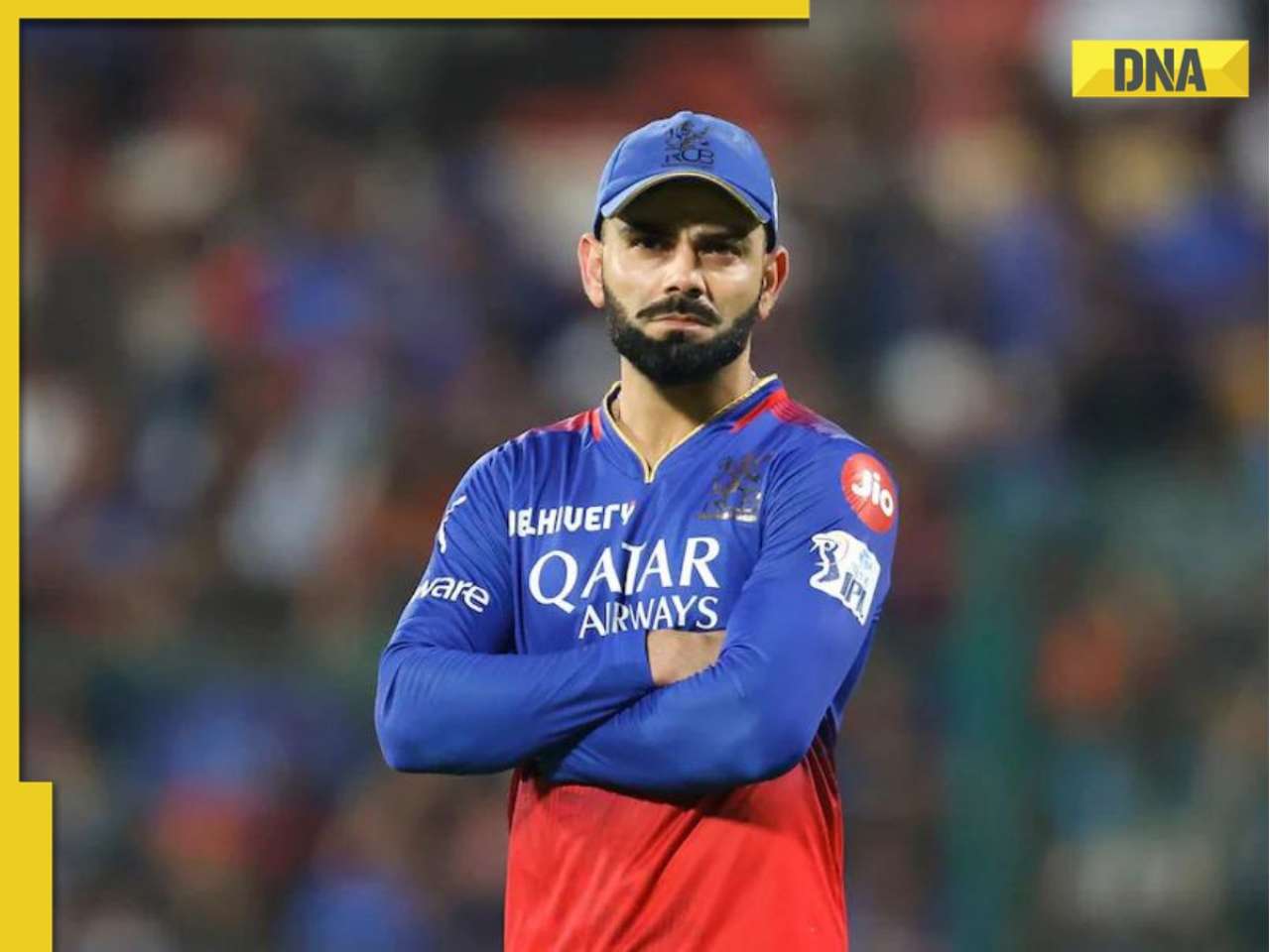
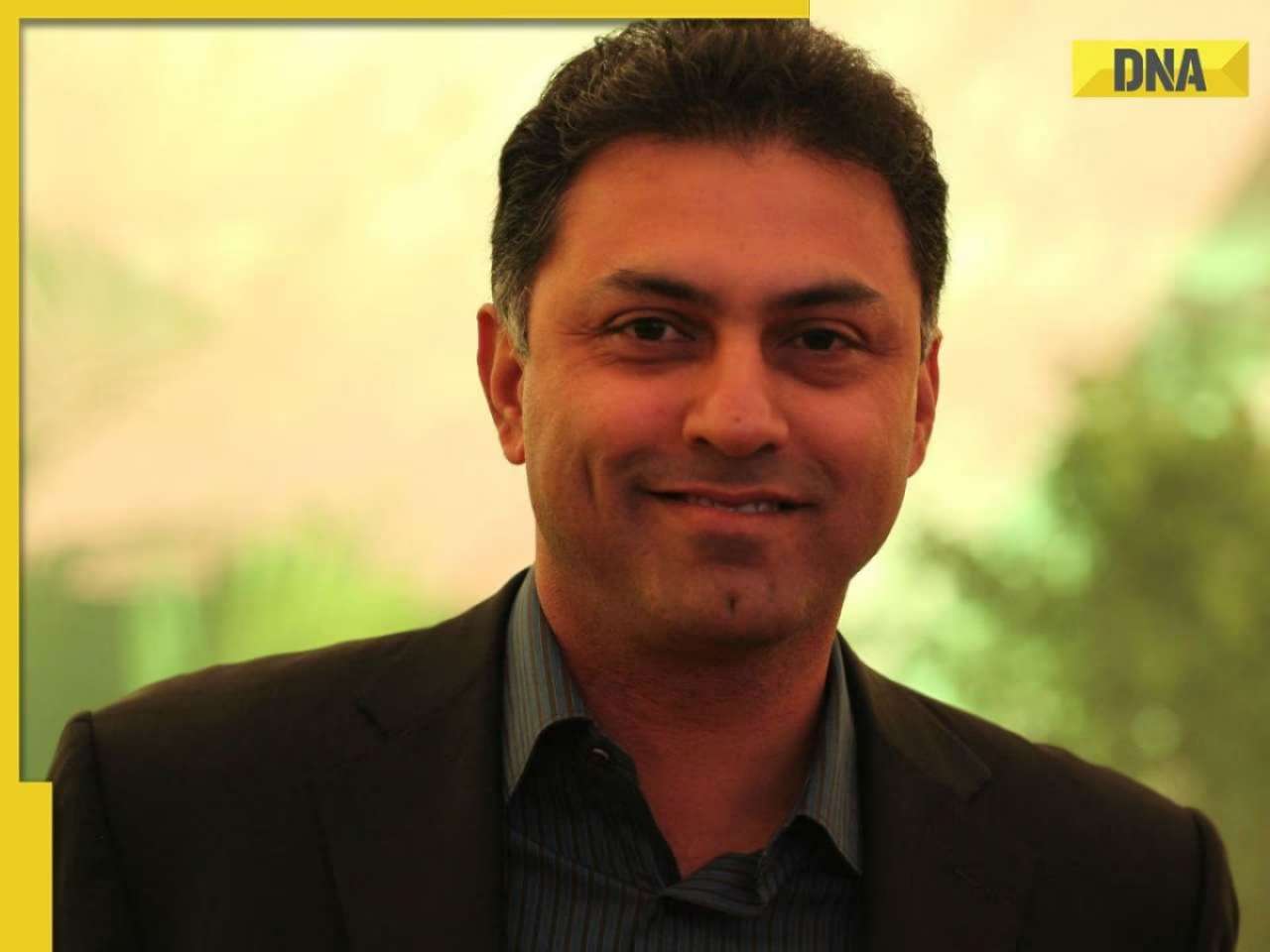







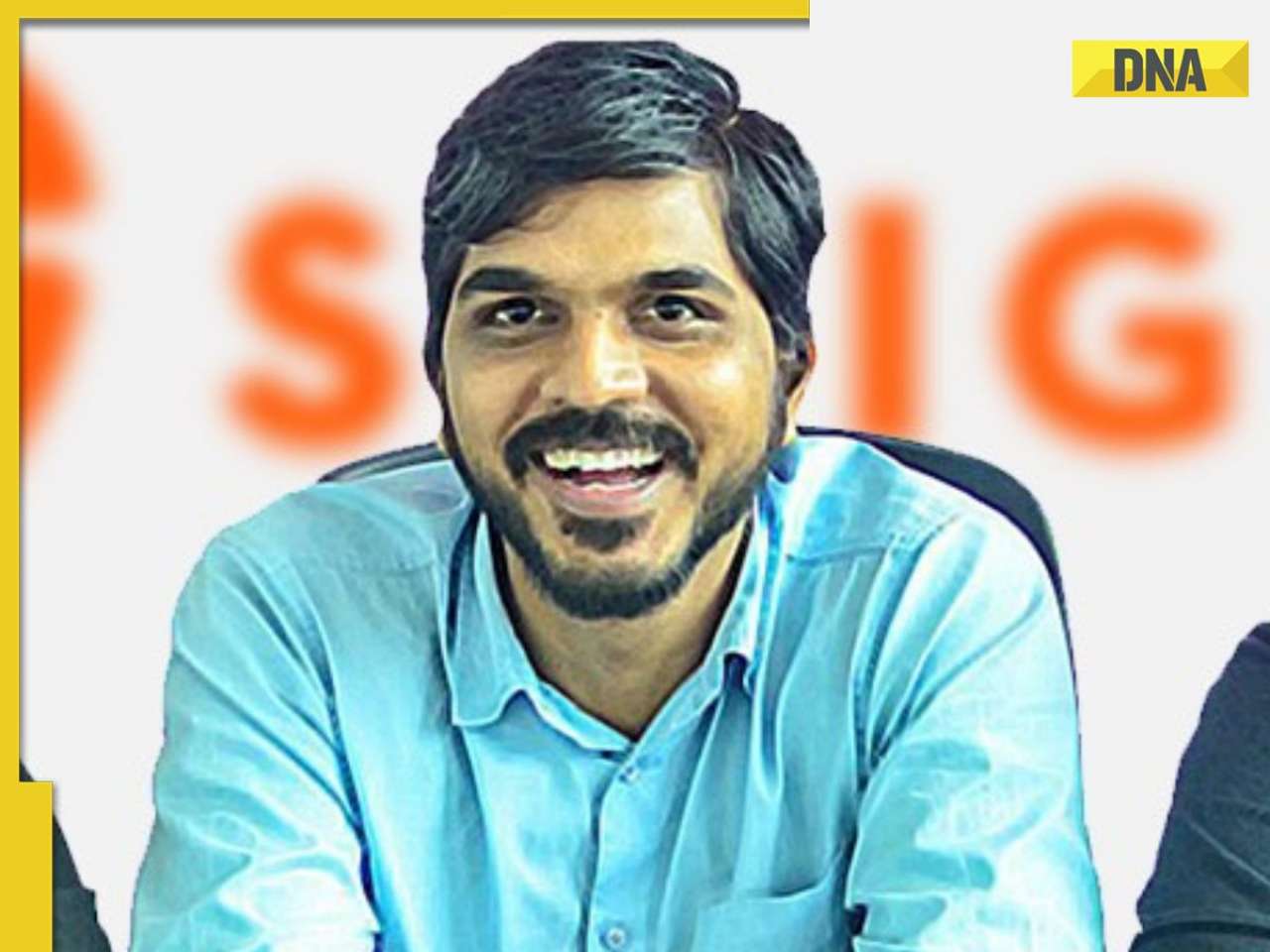
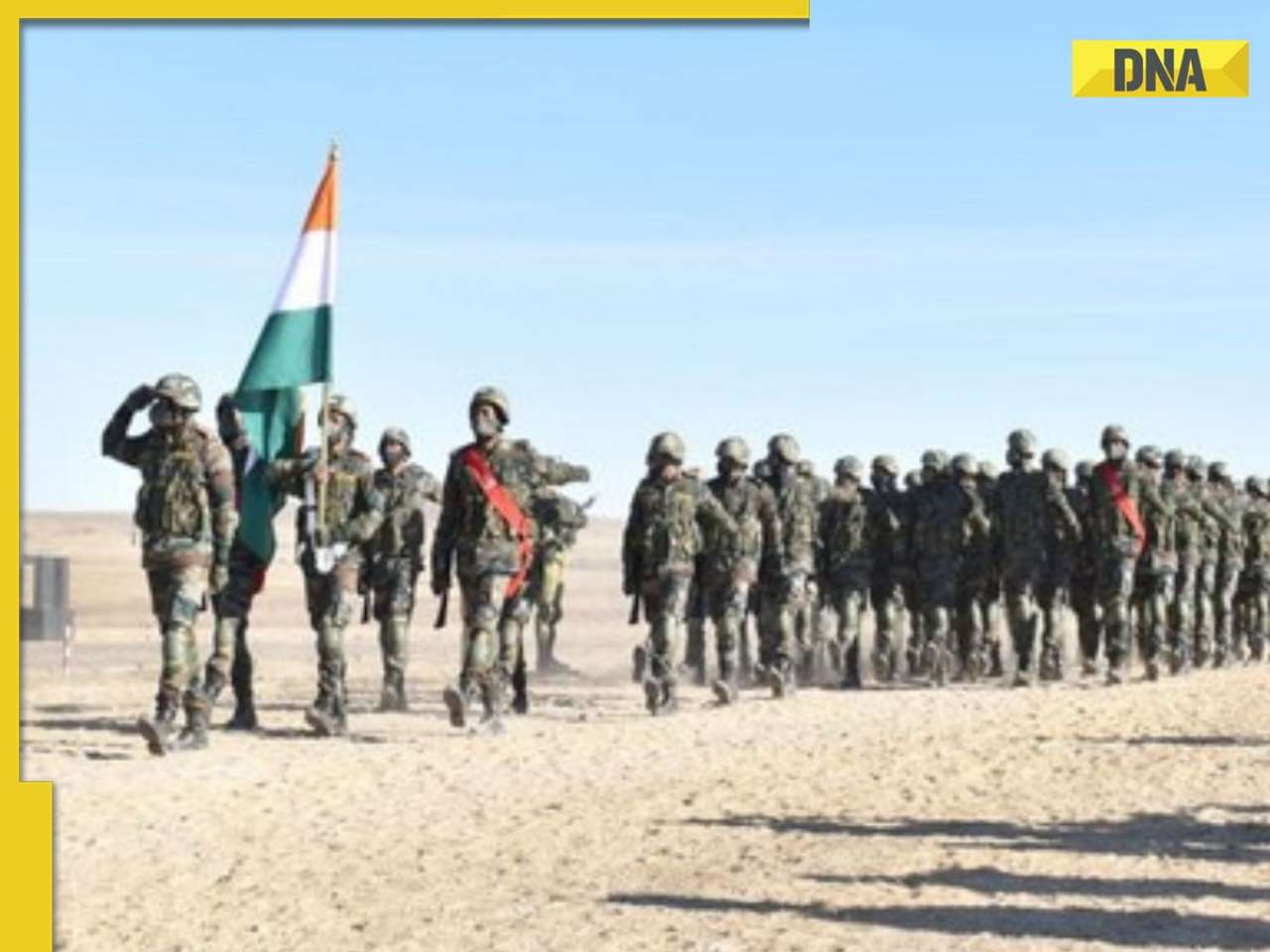
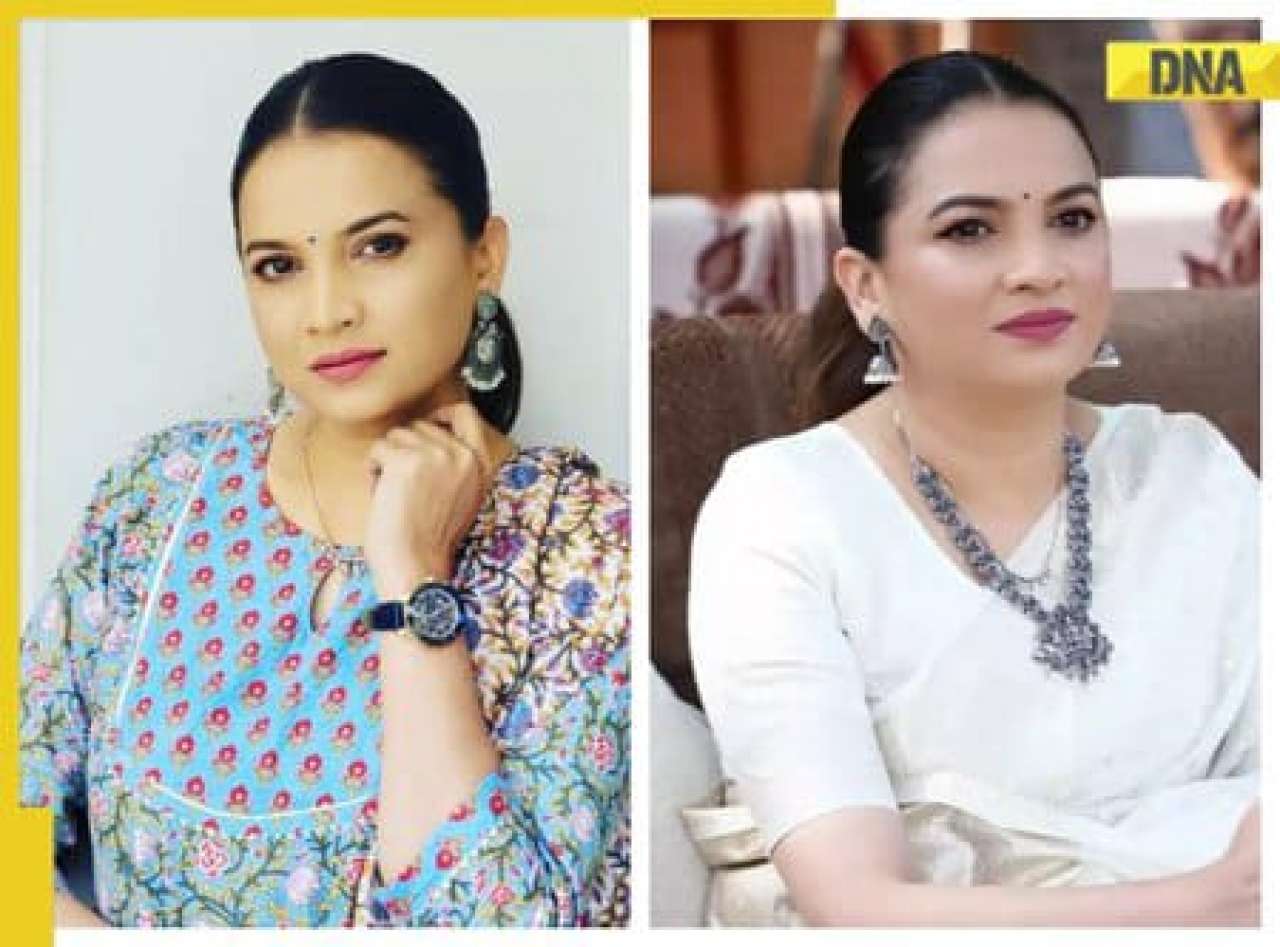
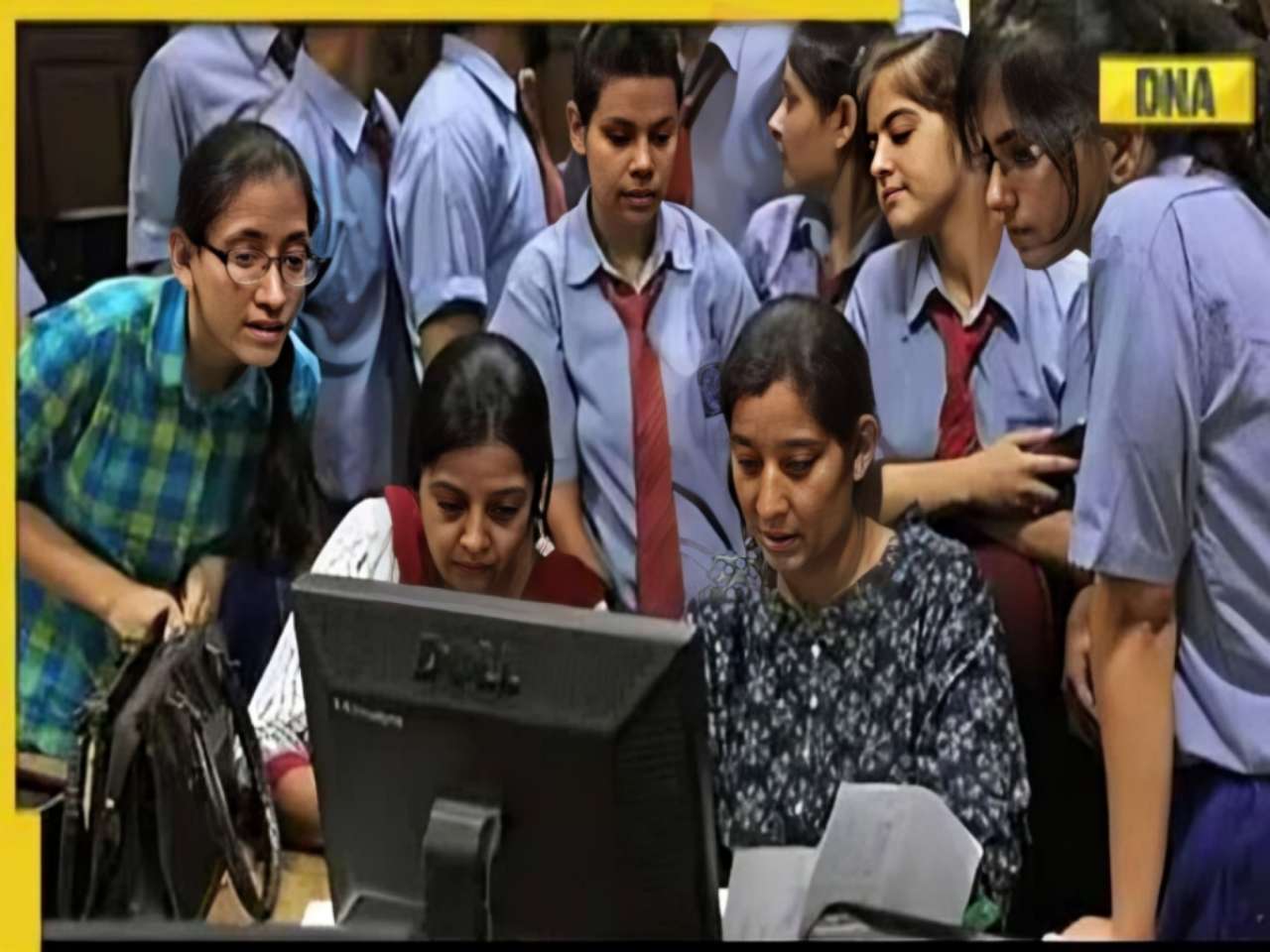
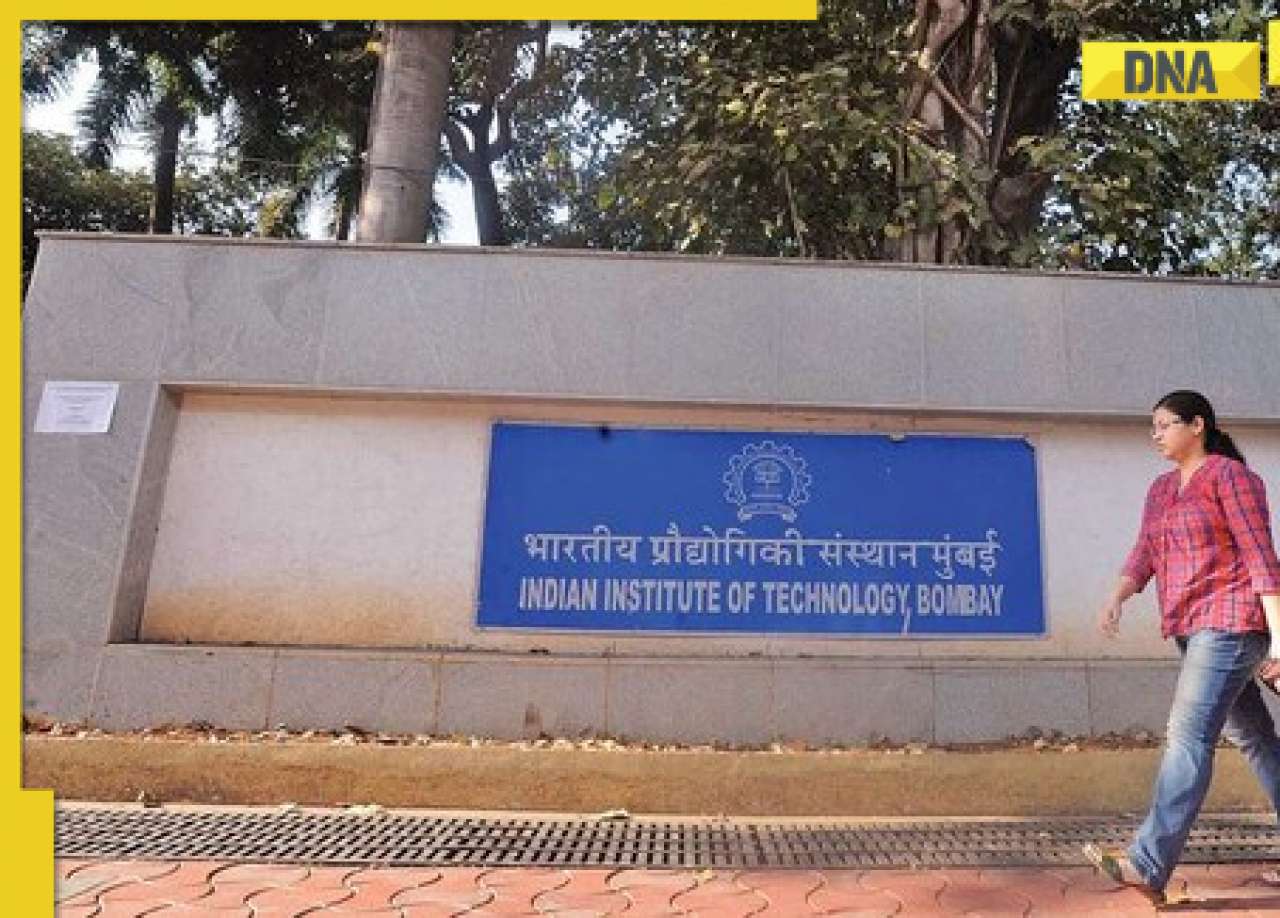






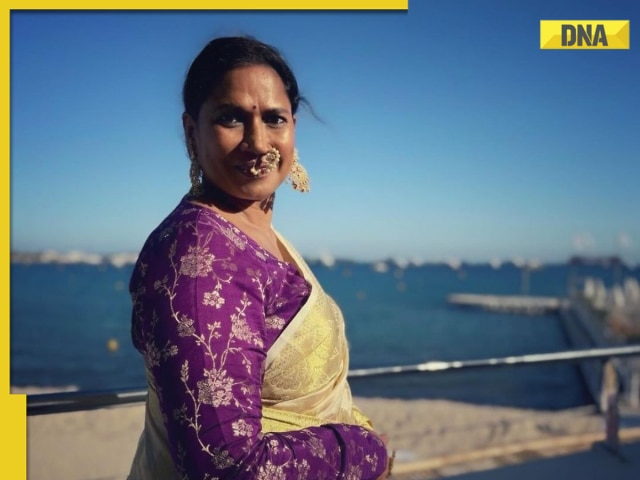










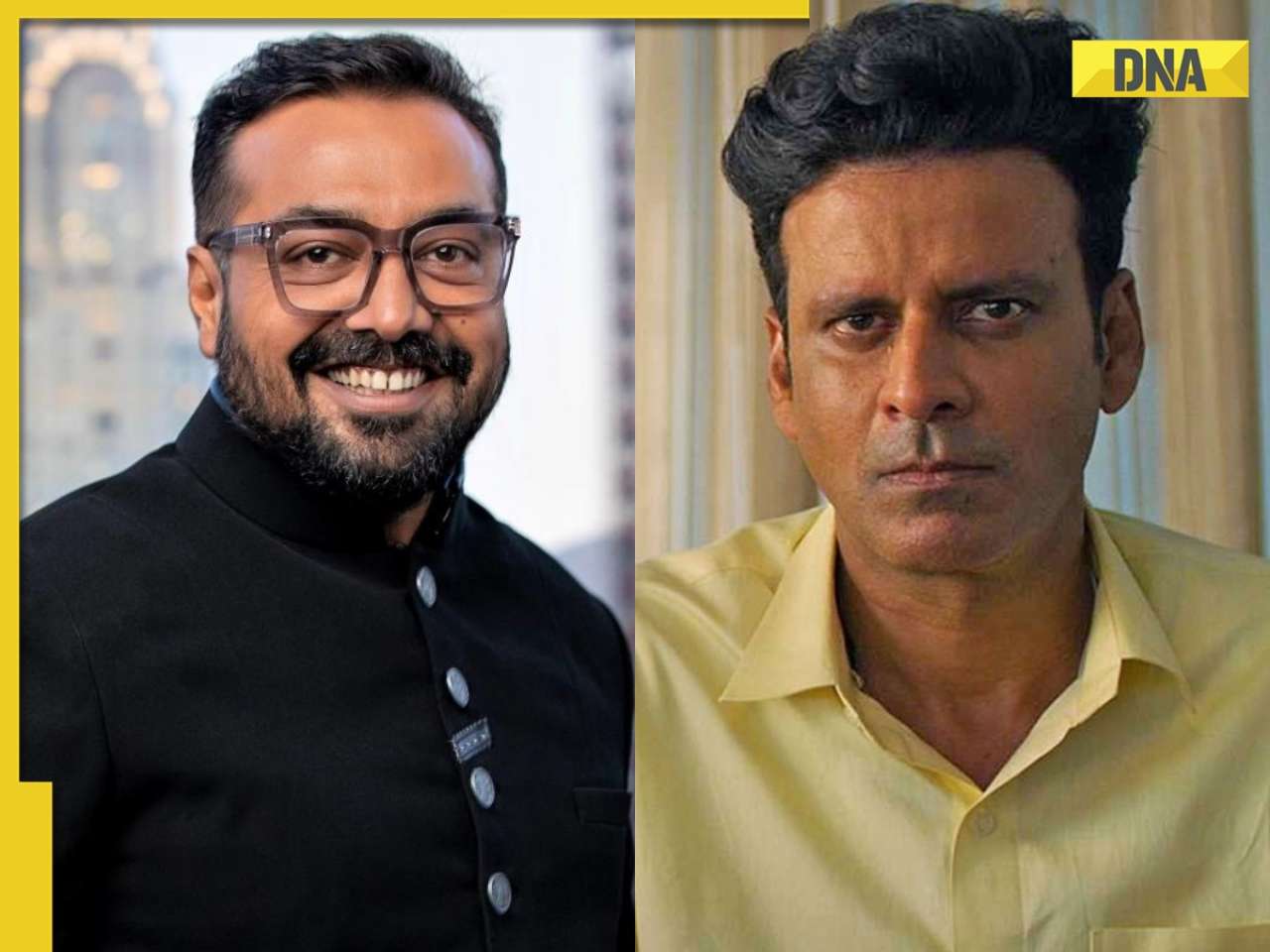

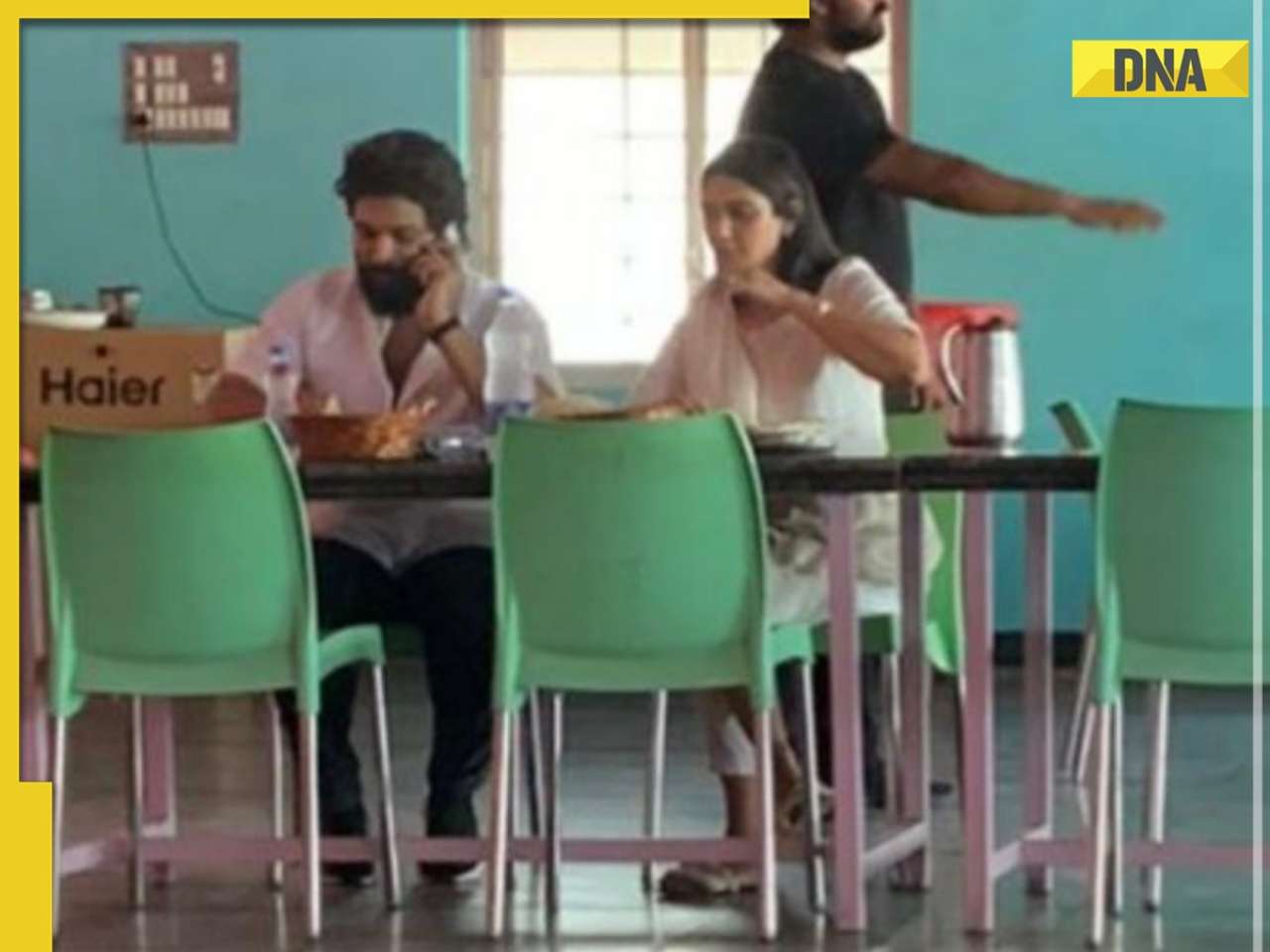
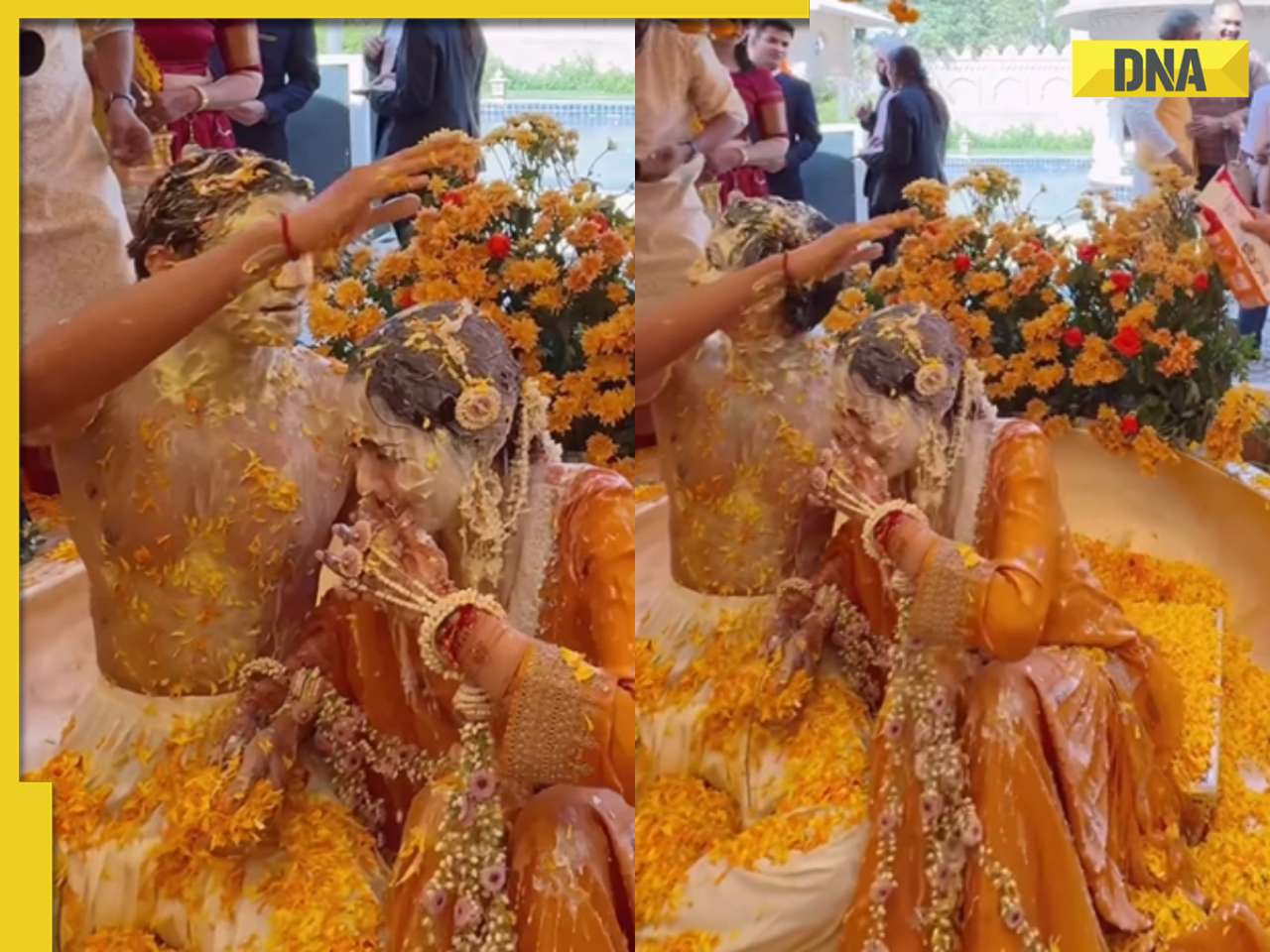
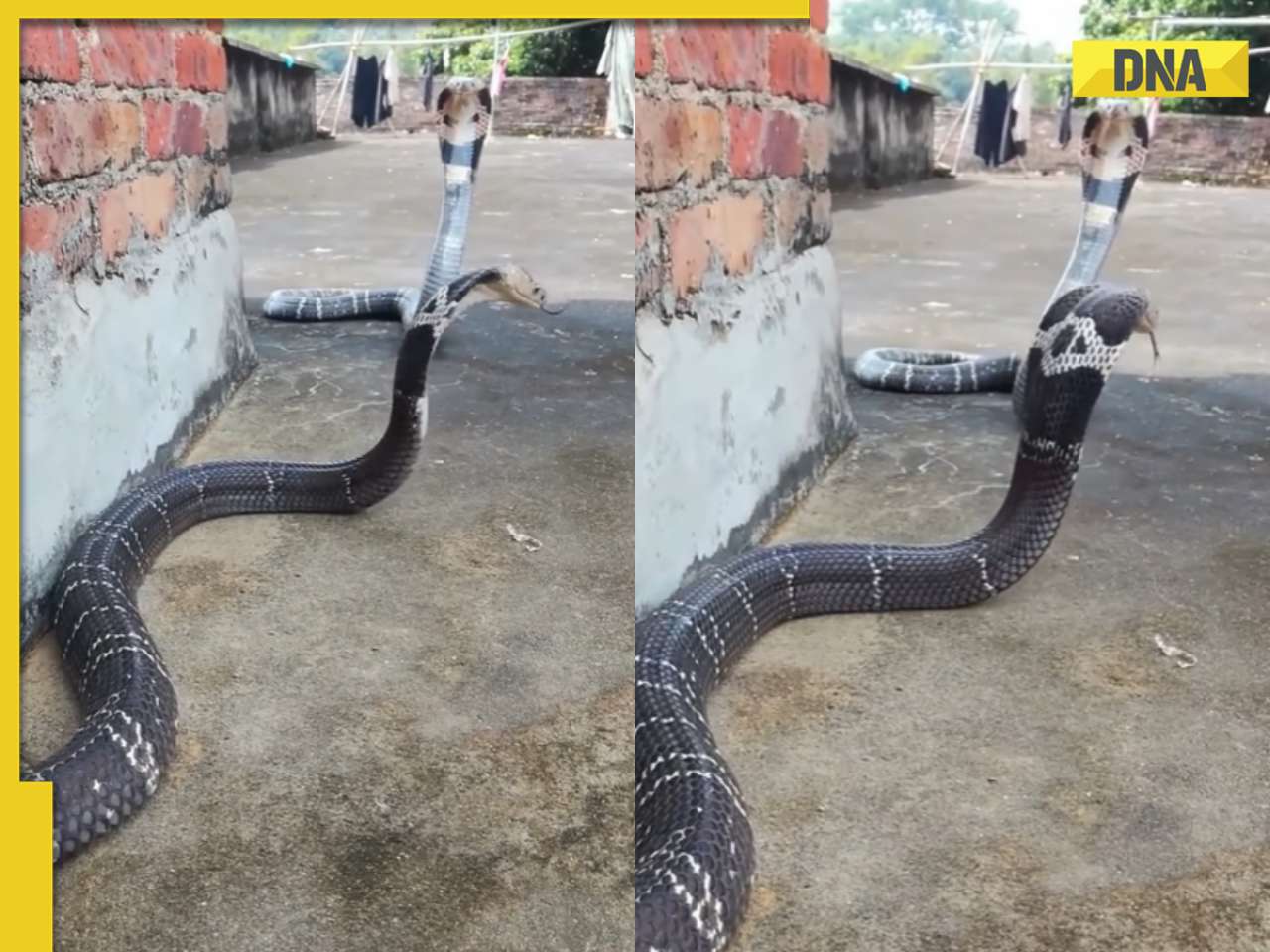
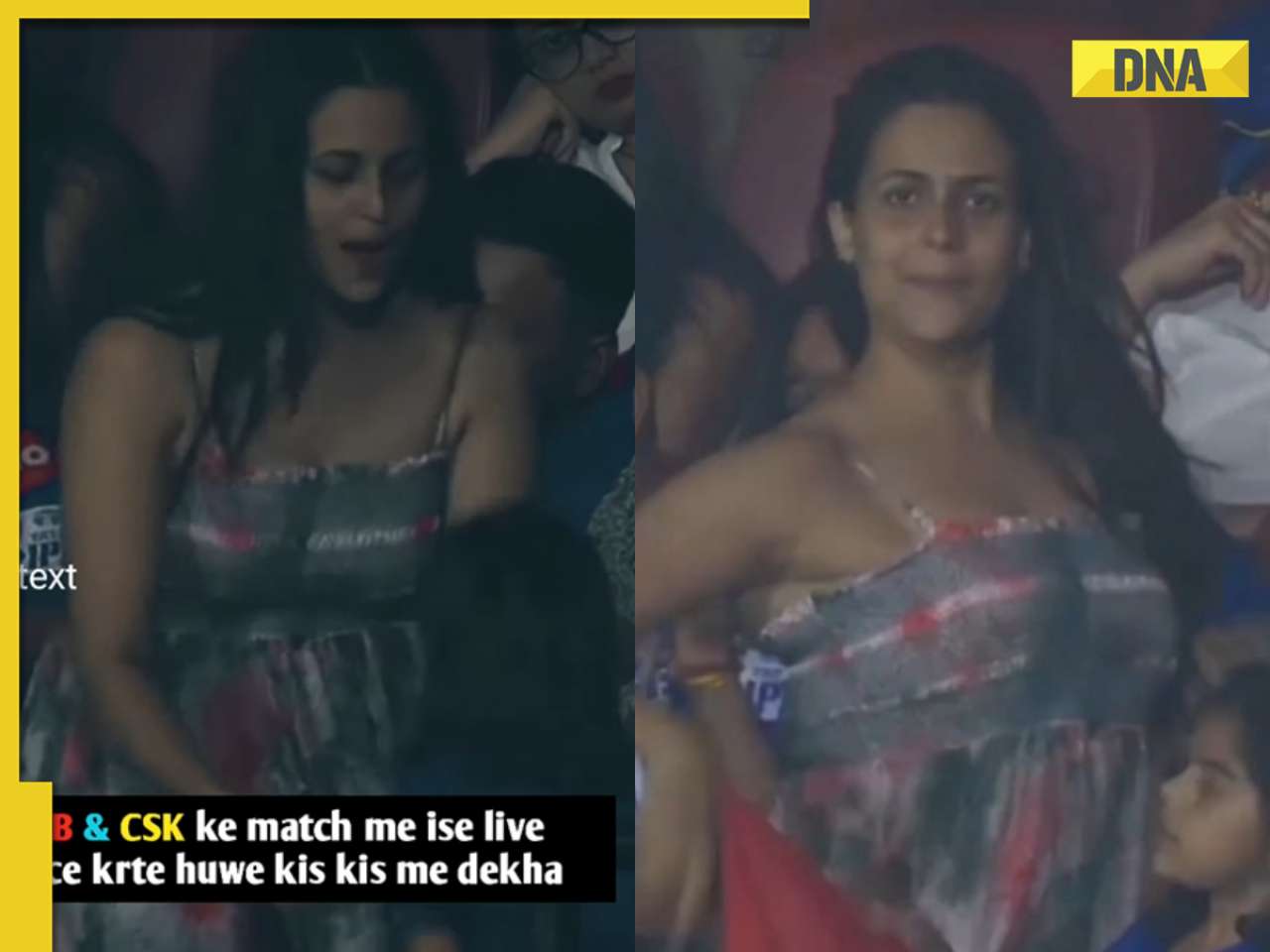


)


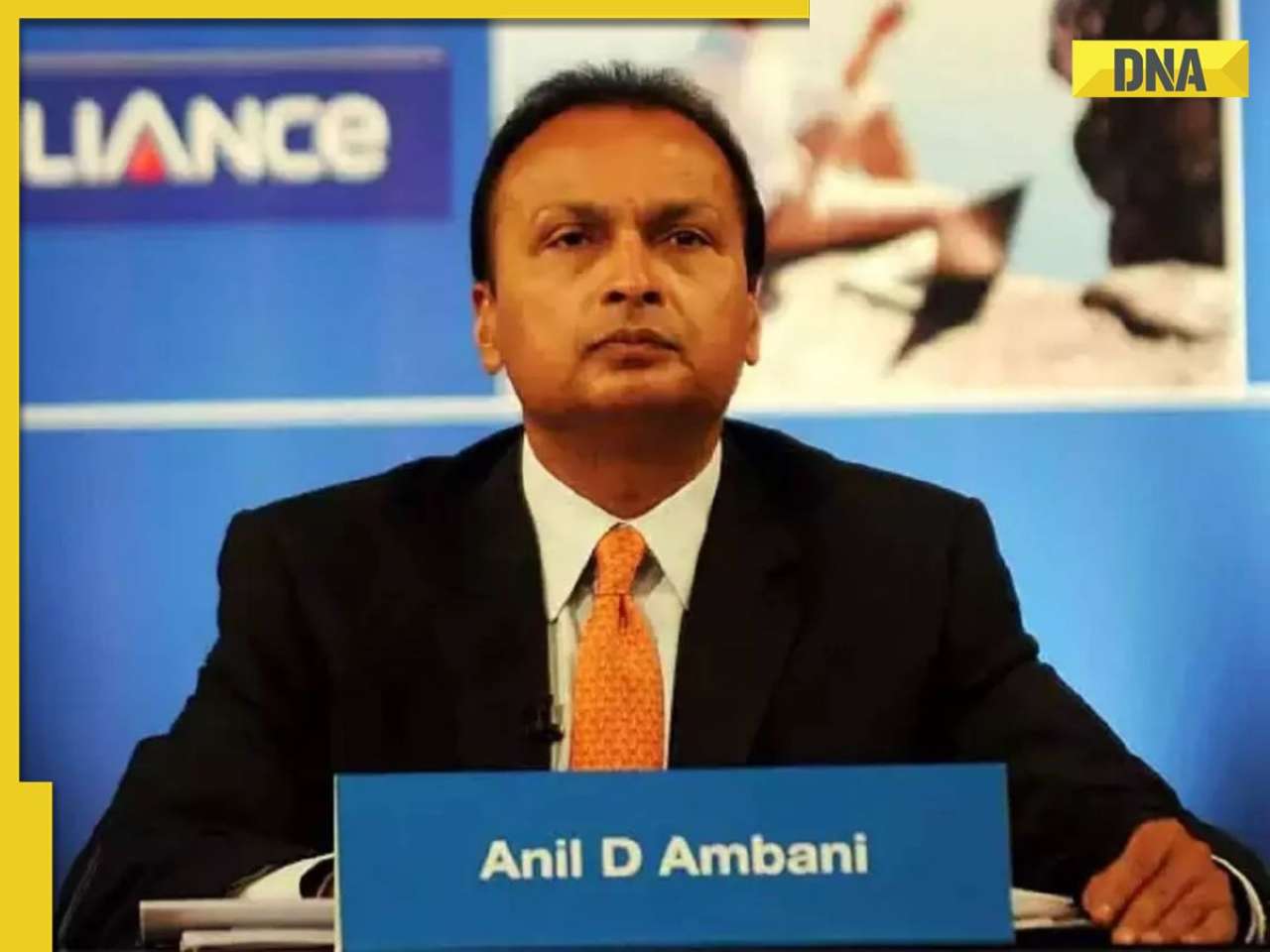
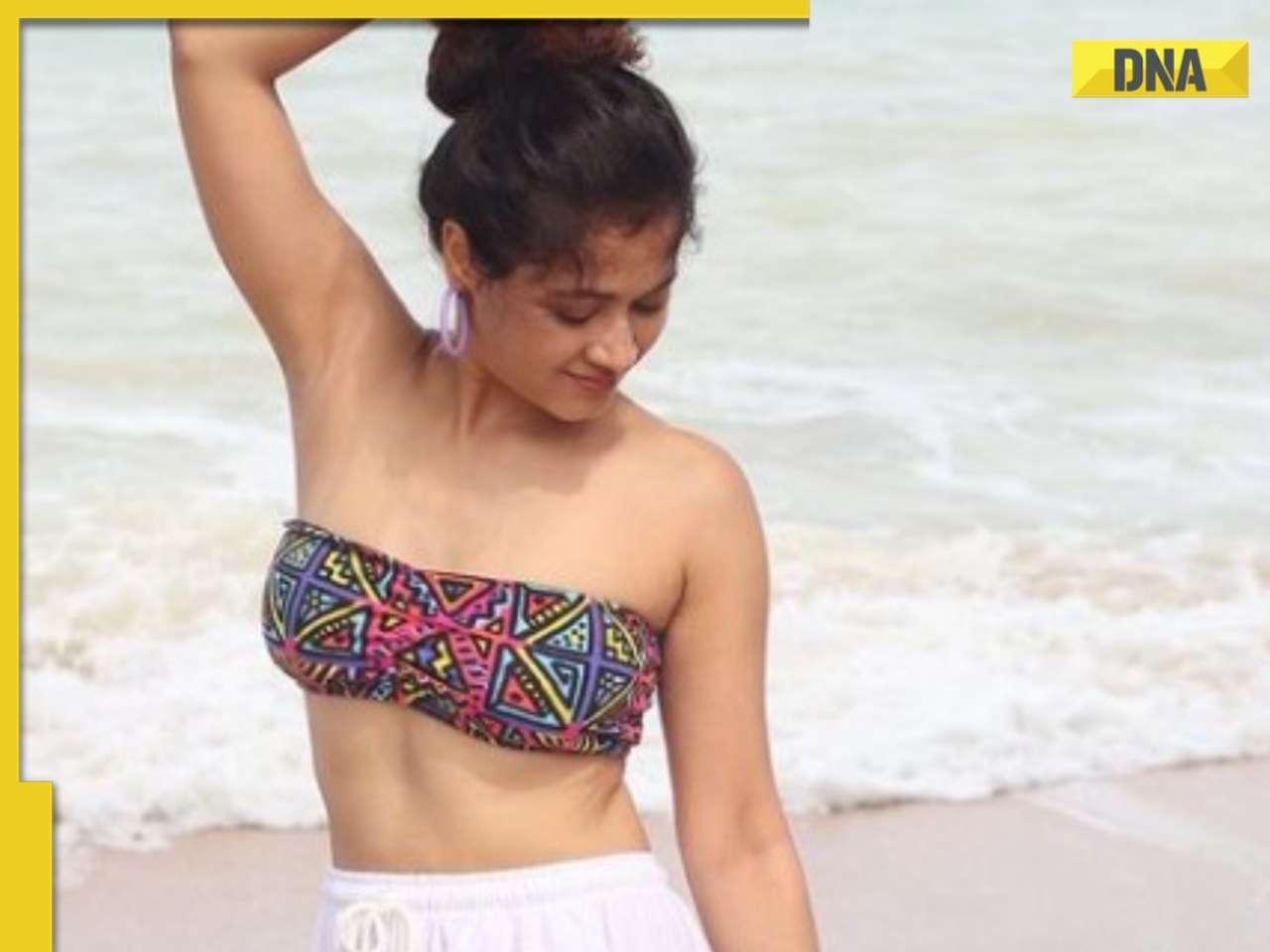




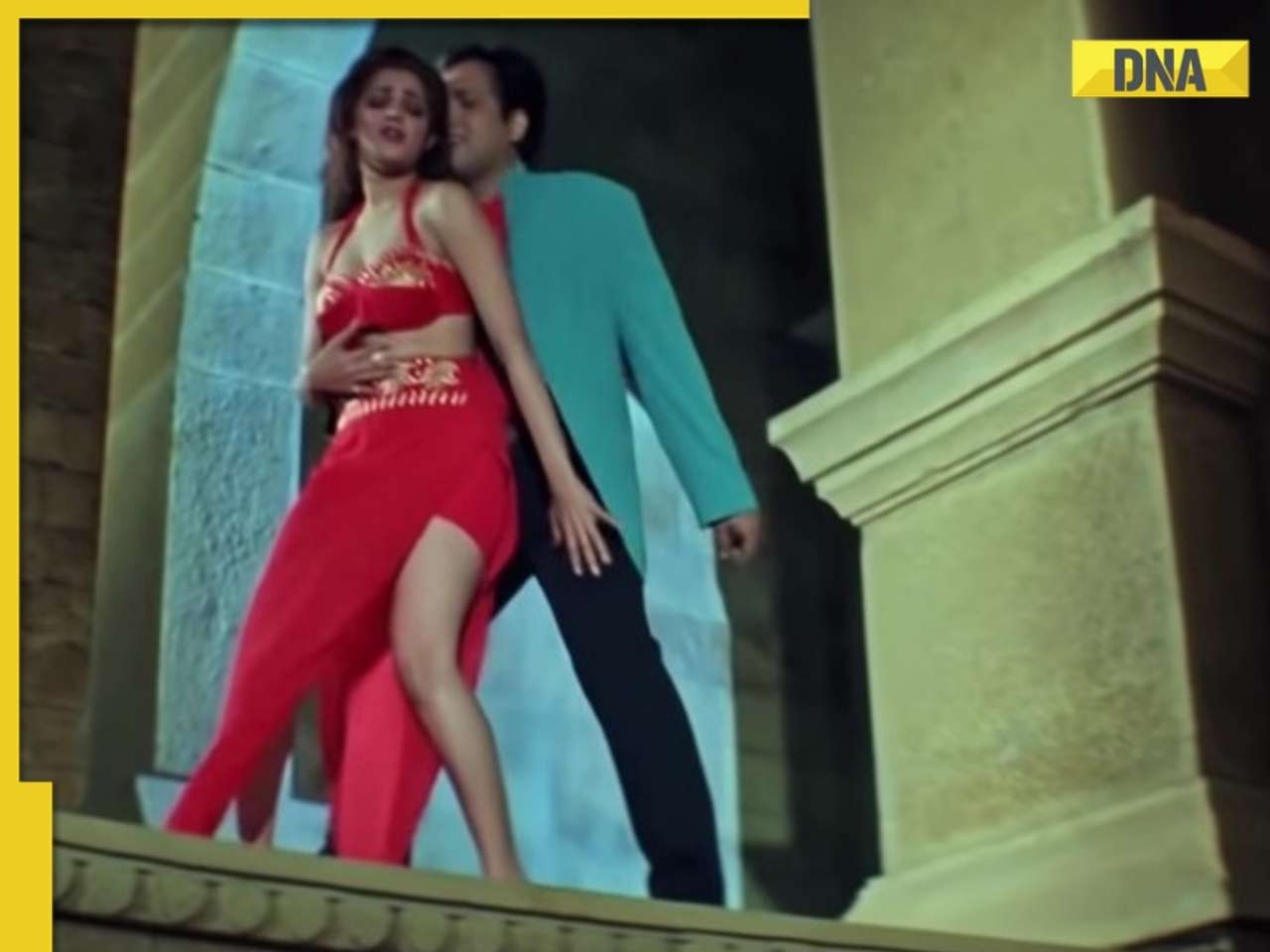
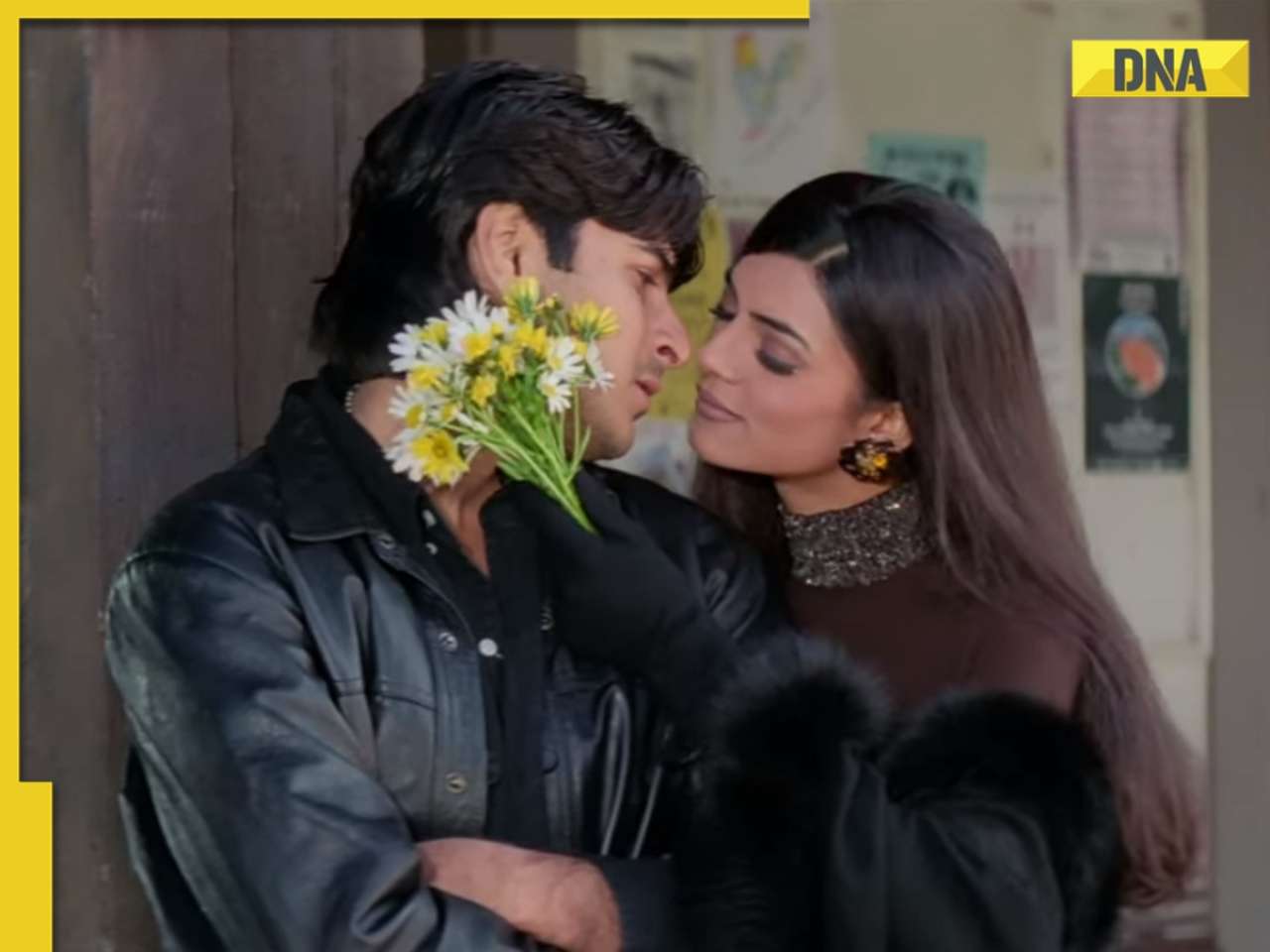
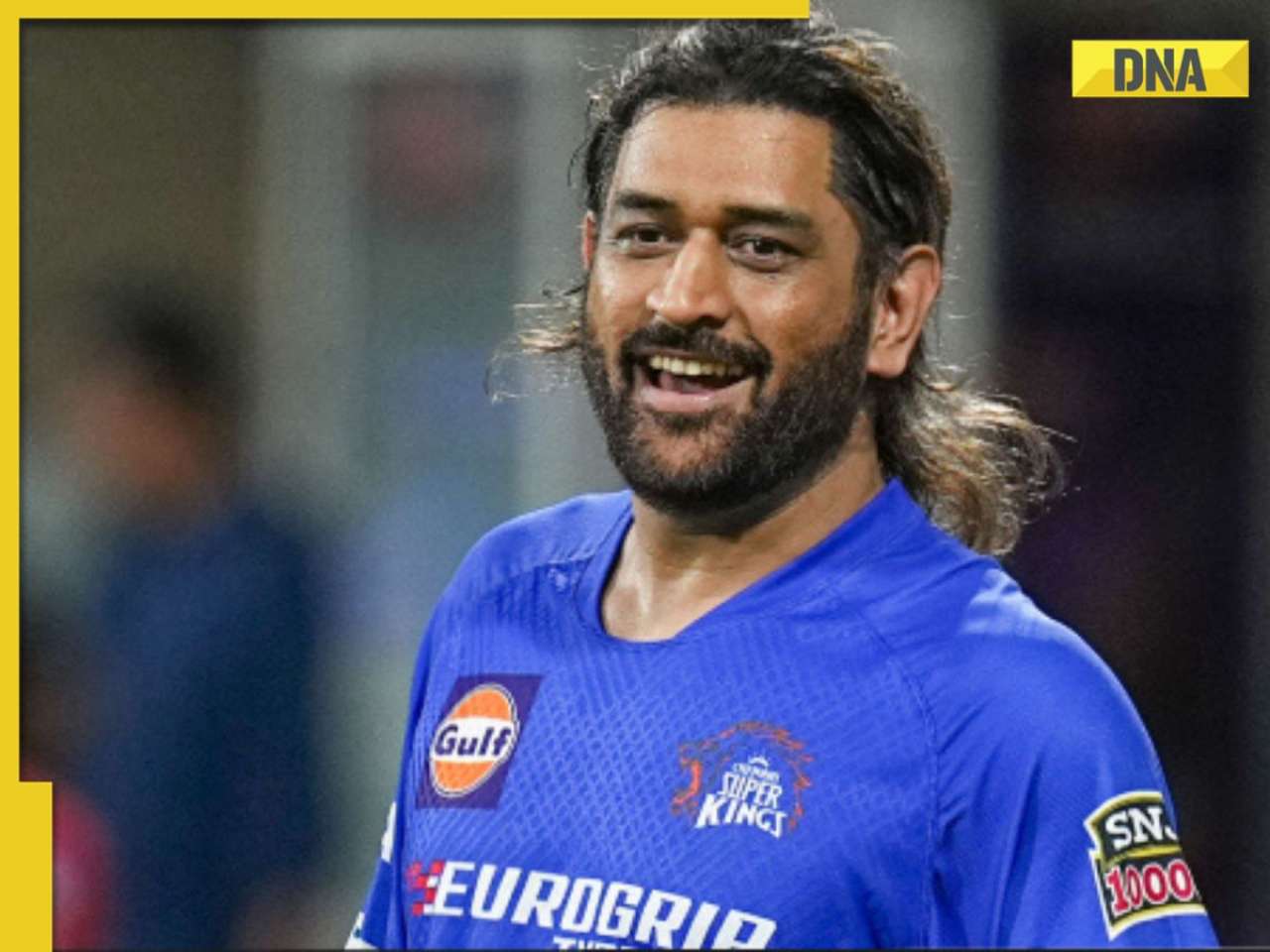

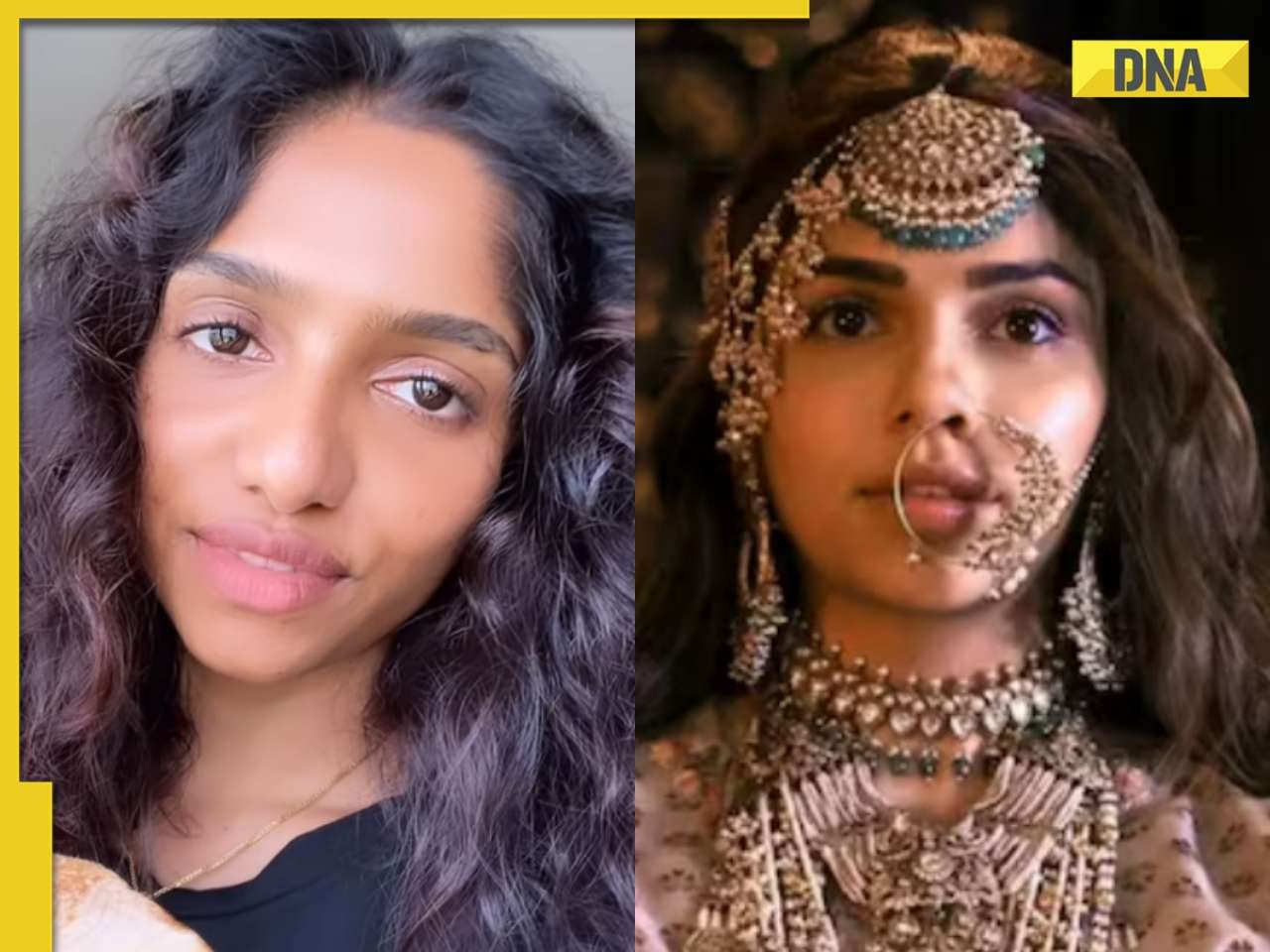




)
)
)
)
)
)